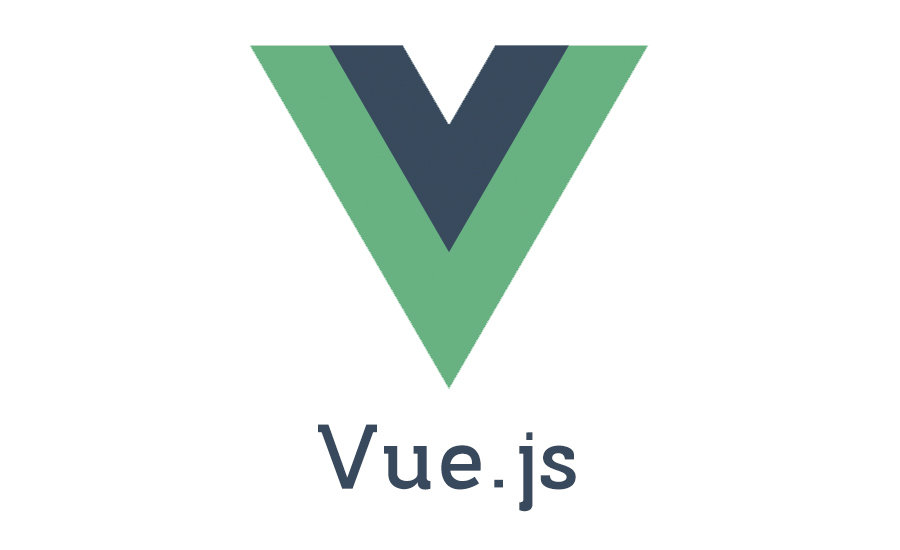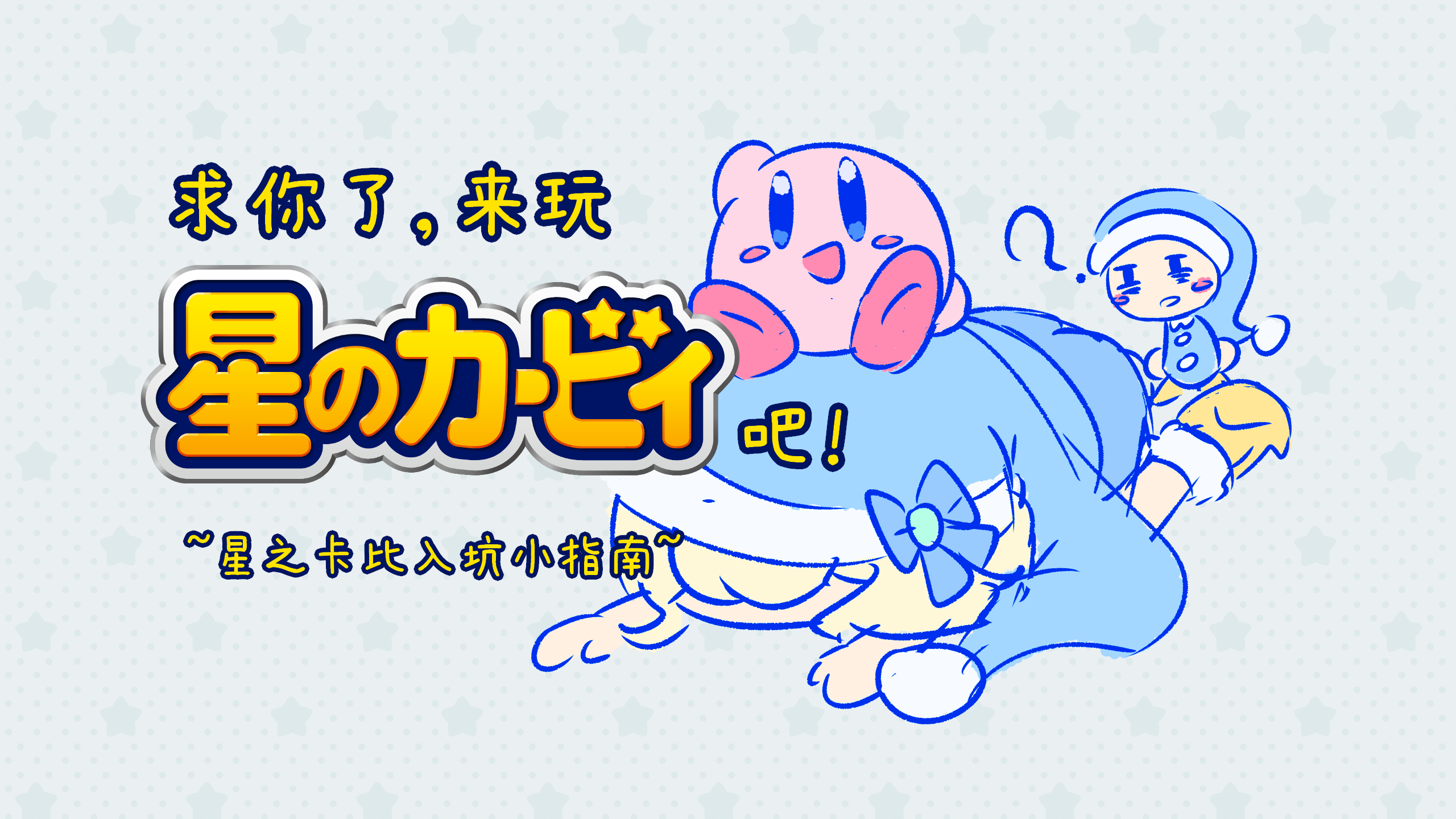传统方式
比如现在有三个类,其中B类和C类中需要用到A类的实例(也就是B类和C类依赖A类)
1
2
3
4
5
6
7
8
9
10
11
12
13
14
15
16
17
18
19
20
| class A {
name:string
constructor() {
this.name = "yajue"
}
}
class B {
a:any
constructor() {
this.a = new A().name
}
}
class C {
a:any
constructor() {
this.a = new A().name
}
}
|
如果将A类改为
1
2
3
4
5
6
| class A {
name:string
constructor(name:string) {
this.name = name
}
}
|
B类和C类内部就开始飘红了

说明这些类之间的耦合度较强(创建B类或C类时出现了A类本尊)
IOC方式
浅谈控制反转与依赖注入 - 知乎 (zhihu.com)
IOC
全称Inversion of Control,控制反转
- 高层模块不应该依赖低层模块,二者都应该依赖其抽象
- 抽象不应该依赖细节,细节应该依赖抽象
DI
Dependency Injection,依赖注入,其实和IOC就是一个东西
由于控制反转概念比较含糊,所以2004年大师级人物Martin Fowler又给出了一个新的名字“依赖注入”
可能IOC只容易被理解到容器控制对象这个层面,很难让人想到谁来维护对象关系
代码
Container用来收集并集中管理依赖,就是个IOC容器
当C类需要用到其他类时,构造器通过Container直接获取类的实例,就不用在C的内部创建实例了
1
2
3
4
5
6
7
8
9
10
11
12
13
14
15
16
17
18
19
20
21
22
23
24
25
26
27
28
29
30
31
32
33
34
35
36
37
38
39
40
41
42
43
44
| class A {
name:string
constructor(name:string) {
this.name = name
}
}
class B {
name:string
constructor(name:string) {
this.name = name
}
}
class Container {
mod:any
constructor() {
this.mod = {}
}
provide(key:string,mod:any) {
this.mod[key] = mod
}
get(key:string) {
return this.mod[key]
}
}
const mod = new Container()
mod.provide("a",new A("yjsp"))
mod.provide("b",new B("yajue"))
class C {
a:any
b:any
constructor(mod:Container) {
this.a = mod.get("a")
this.b = mod.get("b")
}
}
|
这使类们从复杂的关系中解耦,让程序可以单独拓展其他功能,也可以方便地加入其他模块,减少维护成本








